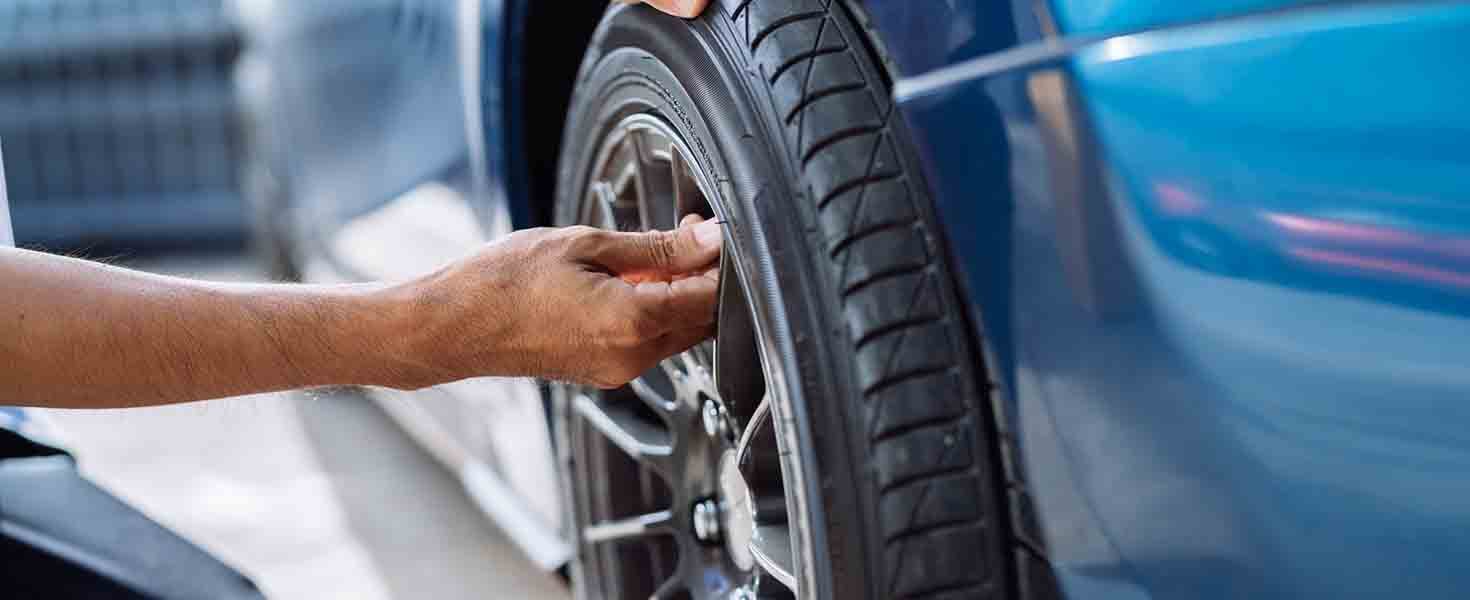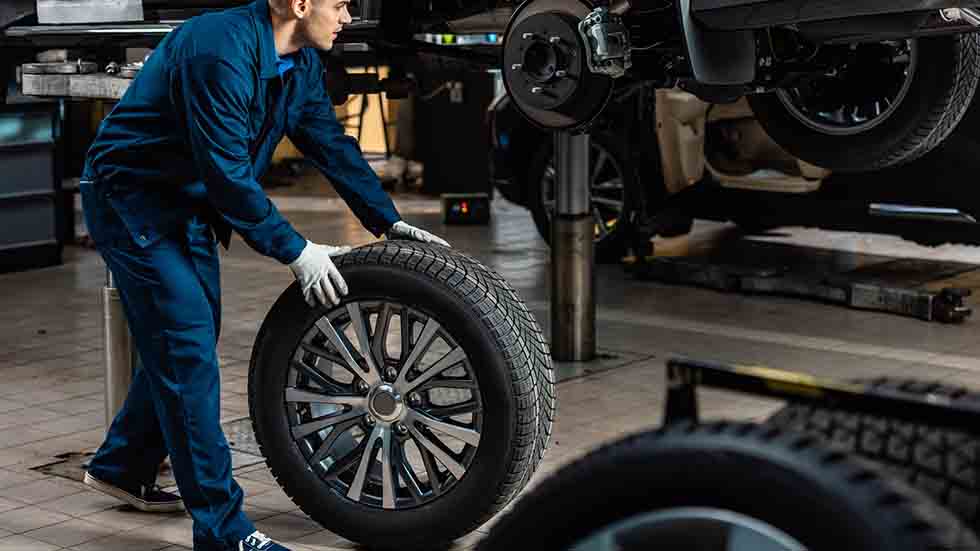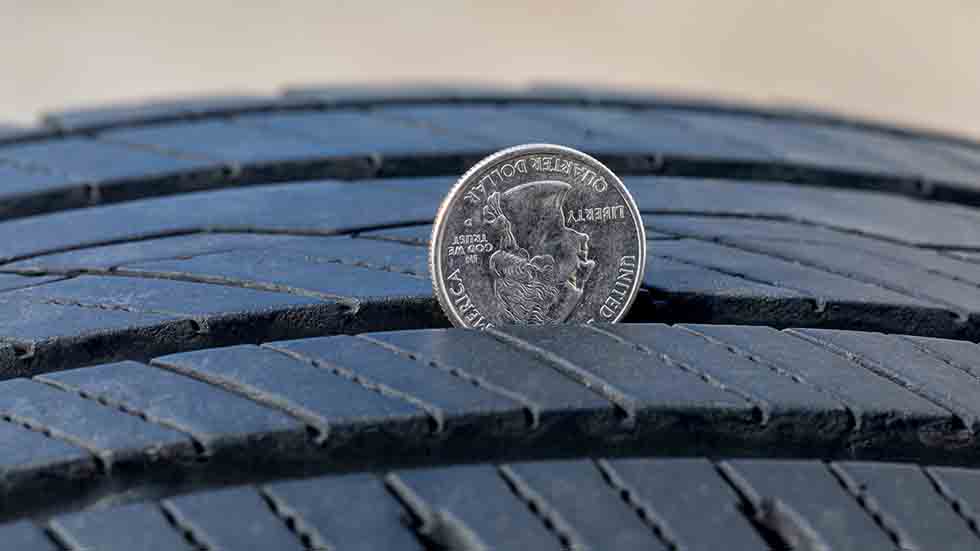
The tires are the only parts on your car that have direct contact with the road, which means they have a major effect on ride, handling, braking, and safety. For optimum performance, tires must be properly balanced and inflated, show no signs of physical damage, and have adequate tread depth. Proper inflation, regular rotation, periodic inspection, and wheel alignment when needed will all contribute to maximum tire life.
Car tires must be replaced when their tread wears below a certain level. However, other types of problems can result in the need for earlier replacement. If you don't invest time and money in regular car maintenance, you risk reducing the lifespan of your tires. Also, road hazards such as potholes, rocks, and debris can damage your tires. If you notice anything unusual about how your car drives after running over a hazard, AAA recommends that you take the vehicle to the nearest auto repair shop for an immediate tire inspection.
Tire problems to look for while driving
Vibration or thumping
Unusual vibrations or thumping noises can indicate an out-of-balance tire, one with tread that has a flat spot due to locking the wheels in a panic stop, or a tire with a separated belt (see below).
Pull to one side
While driving at a steady speed, a steering, pull-to-one side may indicate an underinflated or damaged tire on that side of the car. It could also be caused by a brake system or wheel alignment problem.

Tire problems to look for during inspection
Over inflation
Too much air pressure causes mostly the tire's middle section to contact the road. This causes increased wear in the center of the tread, with less wear at the tire's edges.
Under inflation
Too little air pressure causes mostly the tire's outer edges to contact the road. This causes increased wear on both edges of the tire tread, with less wear in the center.
Wear on one edge of the thread
This type of wear indicates worn suspension components or a wheel alignment problem.
Erratic read wear
Alternating high and low spots around the tread, called cupping or scalloping, may indicate a wheel out of balance, but are more often a sign that you need to replace worn shock absorbers or other suspension components.
Sidewall cuts and tears
Impacts with road debris and curbs can damage the rubber tire sidewalls. You can usually ignore cosmetic damage, unless accompanied by a bubble or bulge (see below). However, if the cords of the tire carcass are exposed and damaged, bring your vehicle to your local auto repair shop to have the tire replaced.
Bubble or bulge
A bubble or bulge on the tire sidewall or tread indicates one of the belts inside the tire has separated from those around it. Replace any tire with this type of damage as soon as possible.

Measuring tire thread depth
Adequate tread depth is necessary for a tire to maintain traction and shed water on wet and slippery roads. You can measure tread depth with an inexpensive gauge available at any auto parts store. Alternatively, you can use the traditional quarter and penny tests.
Insert a quarter into a tread groove with the top of Washington's head facing down. If the top of his head is not visible, your tires have at least 4/32" of tread and are fine for continued use. If you can see above the top of Washington's head, it is time to start shopping for new tires. Take multiple measurements across the tread to help ensure accurate results.
You perform a penny test the same way, except that if you can see above the top of Lincoln's head your tires have less than 2/32" of tread, which is below the legal minimum in most states and cause for immediate tire replacement. Tires worn to this level will also have visible wear indicators (thin bald strips) running from side to side across two or more tread segments.
AAA and the Automobile Club of Southern California’s Automotive Research Center tested new all-season tires and all-season tires worn to 4/32” in wet conditions. Compared to new ones, the worn tires increased stopping distances an average of 87 feet for a passenger car and 86 feet for a light truck—longer than a semi-trailer truck. Given these results, AAA suggests you put the penny in your piggy bank and instead use a quarter to check tire tread wear and determine when it is time for replacement.
